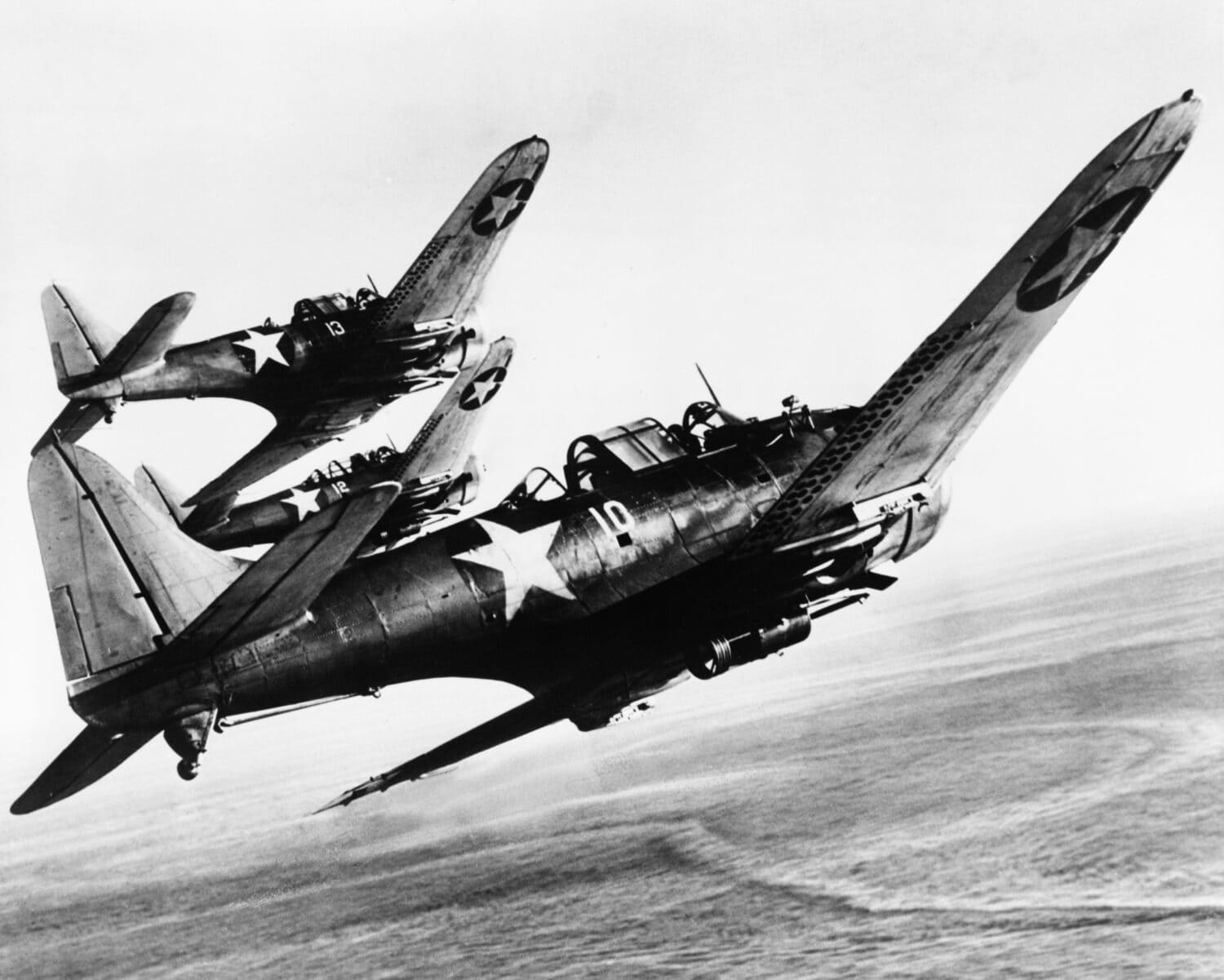

Near the beginning of WWII, Japan attacked Pearl Harbor, Hawaii, killing over 2,000 Americans. It was then that the U.S. government recognized that an attack on the U.S. mainland could be imminent. Following the success of similar tactics in Great Britain, the United States employed various decoy stratagems and techniques to mislead and confuse enemy forces. The goal of Operation Camouflage was to divert enemy attention and resources away from the locations of military operations. This sort of campaign would be all but impossible to accomplish in the 21st century. Advances in aviation and GPS technology present obstacles today that weren’t on the RADAR in WWII. So, hop aboard 24/7 Wall St.’s second-hand DeLorean DMC-12 as we return to a simpler, but war-torn time to visit the 5 most amazing decoy cities the U.S. used to win WWII.
March Field
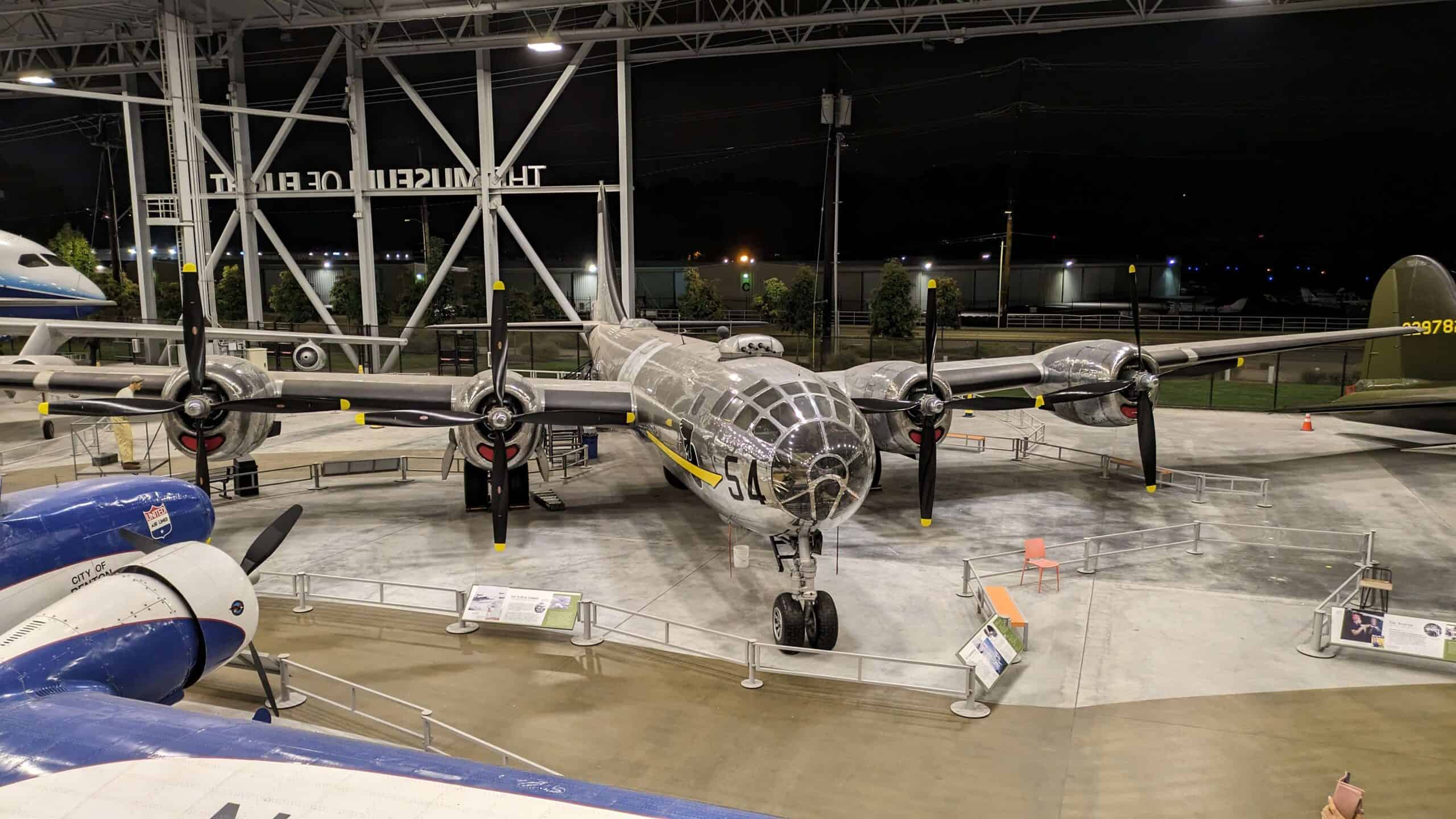
- current name: March Air Reserve Base
- location: Riverside, California
- architect: Colonel John Ohmer
Located on the outskirts of Los Angeles, in Southern California, March Field was the first U.S. decoy city. Decoy city is a term used to describe a simulation or imitation of a sub/urban area that was not habitable, created solely for military deception. They were used to protect critical industrial and military sites, like airfields, aircraft factories, and munitions plants, these decoy cities were incredible feats of creativity and craftsmanship. Though they would not have the same impact in today’s techno-savvy world, decoy cities were viewed as quite innovative for their time. These days, gadgets available from The Sharper Image would be more than adequate enough to uncover the ruse.
However, before eight-year-olds could operate drones with high-resolution cameras equipped with night vision filters, Hollywood’s best and brightest convened at March Field. Assembled there at the behest of Colonel John Ohmer, who was in charge of Operation Camouflage, their job was to design and fabricate the decoy cities that would top aircraft factories up and down the West Coast. These cities would number 34 in total, before being dismantled and all but forgotten after the war.
From animators and carpenters to landscape artists and lighting experts, all of Hollywood’s Golden Age Studios were happy to supply the talent that would create these masterpieces of deception. From bucolic, pastoral settings to suburban neighborhoods, Operation Camouflage ultimately covered hundreds of acres of military complexes.
Douglas Aircraft Bomber Factory
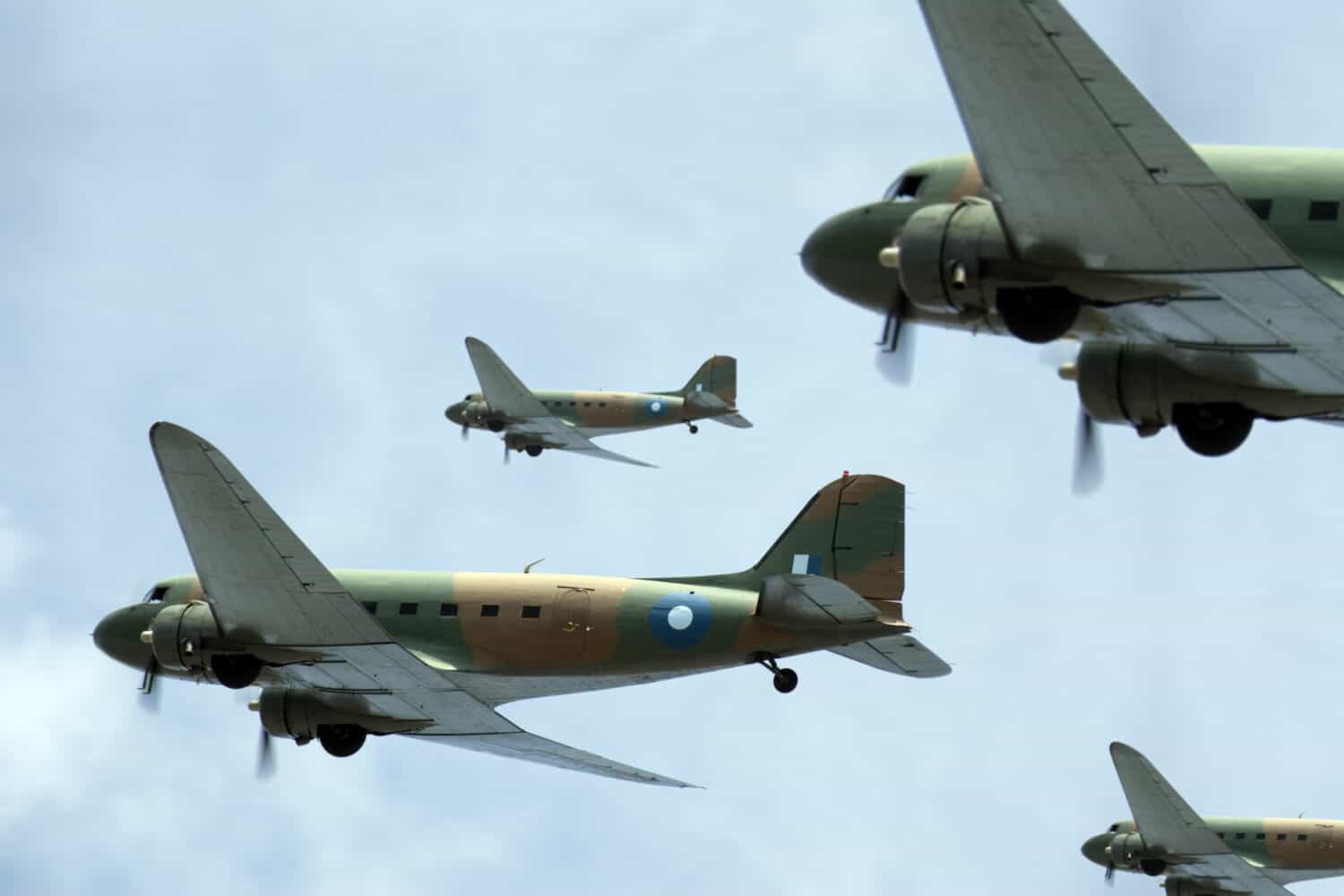
- current name: Santa Monica Municipal Airport and Museum of Flying
- location: Santa Monica, California
- architect: Edward Huntsmen-Trout
One of the more fascinating aspects of these decoy cities is the creative genius behind them. Edward Huntsman-Trout, a celebrated landscape architect, and H.Roy Kelley, the architect credited as the originator of the ranch-style home, designed the decoy city atop the Douglas bomber factory in Santa Monica. At 6′ 8″ (2 metres) tall Huntsman-Trout was much taller than the buildings Kelley designed to cover the Santa Monica facility, which manufactured C-47 transports and A-20 attack bombers. The factory’s roof was covered with burlap supported by a novel tension compression apparatus. The cover was fabricated to resemble a suburban neighborhood. A replica of the factory was created adjacent to this “neighborhood.”
Huntsman-Trout went on to become an in-demand landscape architect in Beverly Hills for private homes as well as designing the landscaping master plan for Scripps College in Claremont, California. Huntsman-Trout was also the principal landscape architect for the Los Angeles Arboretum and Botanical Garden. Established in 1947, the Arboretum continues to cultivate horticulture for inspiration, education, and enjoyment.
Boeing Factory

- name: Boeing Factory
- location: Seattle, Washington
- architect: John Stewart Detlie/G.W.Dennis
With trees of spun glass and feathers growing on lawns fashioned of burlap and canvas, Wonderland, located over the Boeing factory in Seattle, Washington was one of the most user-friendly decoy cities of the war. Designed by G.W. Dennis, and implemented by John Stewart Detlie, who would become a famed architect, the town atop the Boeing factory was nothing short of a triumph. Plant 2 produced the Boeing B-17 Flying Fortress, a heavy bomber with four engines. The B-17 dropped more bombs in WWII than any other American aircraft. Had the factory been attacked, the outcome of the war might have been different,
The buildings weren’t more than 4 feet (1.2 meters) tall and were not outfitted with actual amenities. Wonderland, which covered over 26 acres (10.5 hectares) had its perks, however. From sunbathing breaks to lunchtime walks along the miles of “sidewalks,” to repositioning decoy cars, Boeing employees were very much a part of their rooftop city.
Lockheed Air Terminal
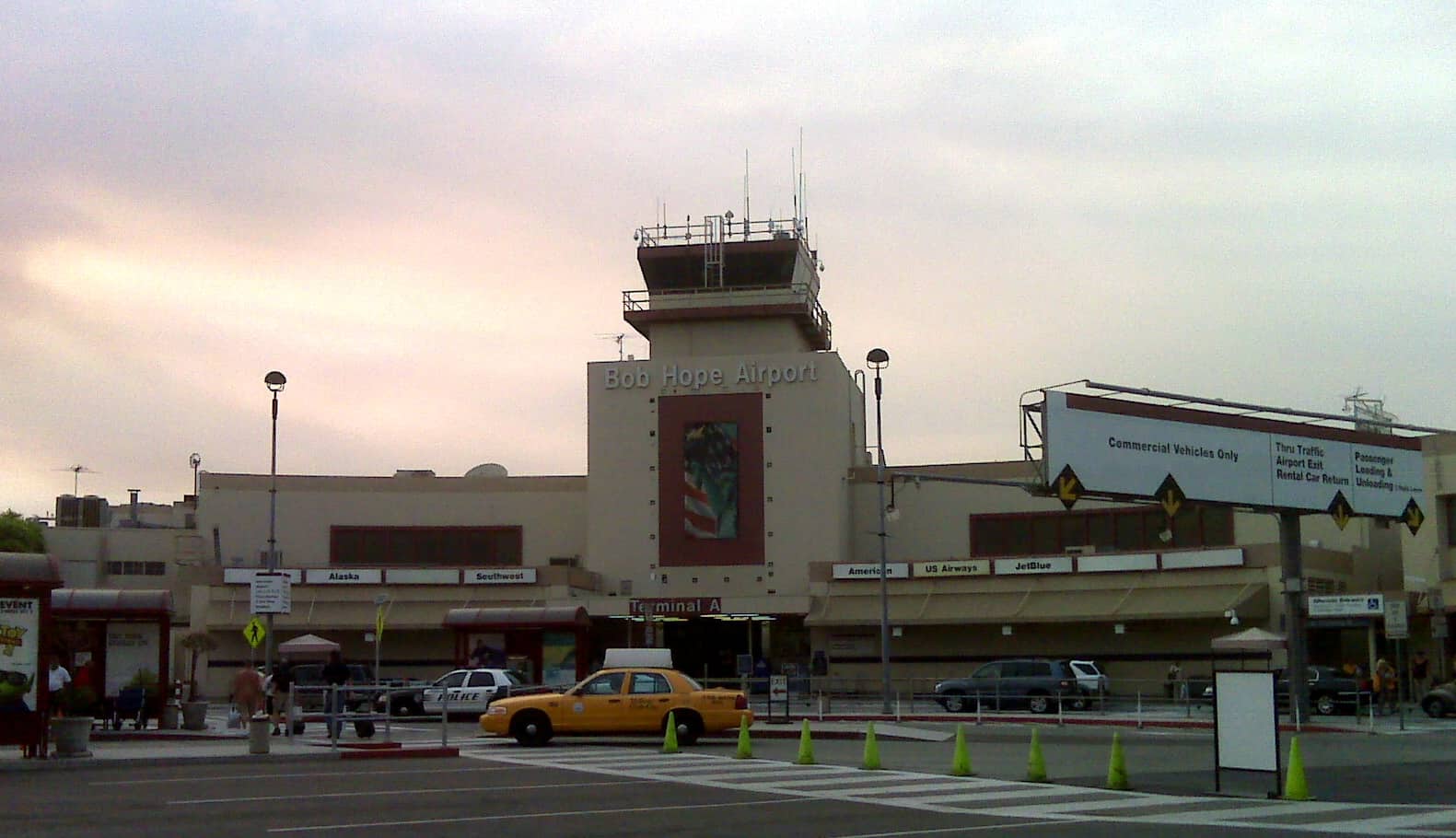
- current name: Bob Hope Airport
- location: Burbank, California
- architect: Colonel John Ohmer
Lockheed Air Terminal was another of Colonel Ohmer’s triumphs. Ohmer employed techniques similar to those at March Field. A bucolic countryside with a barnyard filled with animals and a silo was adjacent to a suburban neighborhood. Populated with decoy automobiles and clotheslines with laundry drying, the neighborhood appeared to go about the business of daily living. Lockheed employees would inhabit the town, using reinforced catwalks to remove and/or replace dry laundry, and reposition automobiles and farm animals, to aid the deception. replica of the air terminal Created in a nearby field to further confuse any would-be bombers, was a replica of the air terminal.
It was of utmost importance to divert the Axis powers from attacking Lockheed which was producing over 3,000 bombers annually. The destruction of this production facility would have dealt a blow to the war effort. So, why the obsessive attention to detail may seem frivolous 80 years hence, at the time it was the difference between victory and defeat. Lockheed’s camouflage was convincing enough that even flying lower than the average bomber, a seasoned army officer was unable to pinpoint the terminal. So effective was the decoy city, that the nearby Warner Brothers studio chose to similarly conceal their soundstages, large buildings they feared would be mistaken for the air terminal.
Elko Tract
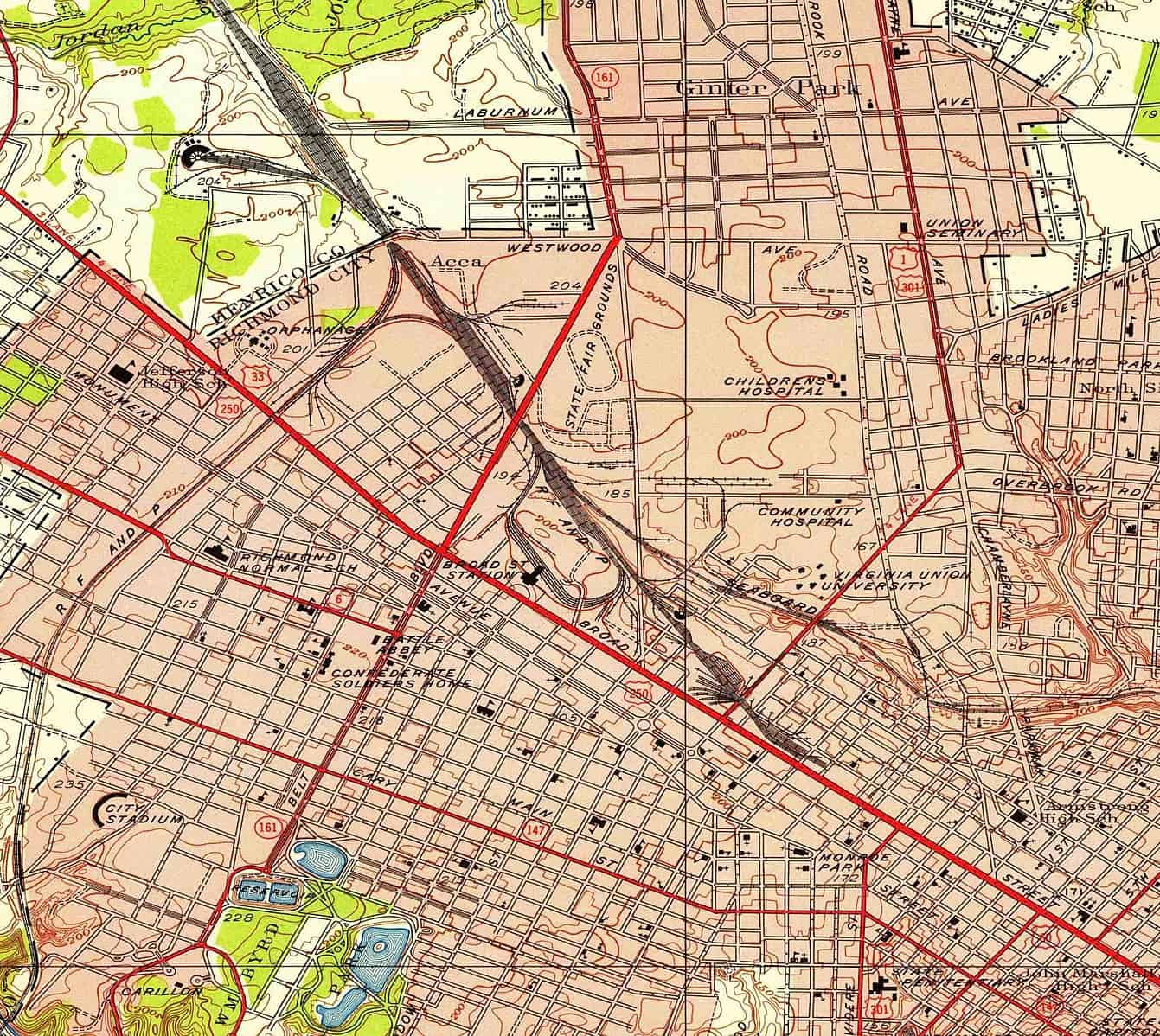
- name: Elko Tract
- location: Henrico County, Virginia
- architect: 1896th Engineer Aviation Battalion
Elko Tract was an East Coast decoy city, located 17 miles (27.3 km) southeast of Richmond, Virginia. During the war, Elko Tract would come alive with light, just as Richmond went dark. The tract of 2,200 acres (890 hectares) is little more than a decoy ghost town now. Since a proposed mental asylum hit the skids soon after the war, the site has been abandoned.
The 1896th Engineer Aviation Battalion used the techniques and materials the Hollywood set designers had employed on the West Coast. Canvas buildings and decoy automobiles lined the streets of Elko Tract, whose patterns mimicked those of Richmond. Created adjacent to the town to mimic Richmond’s airport were a dirt runway and a canvas terminal. Though the war would end without an attack on the U.S. mainland, Elko Tract and the West Coast decoy cities were at the ready should the situation have arisen.
ALERT: Take This Retirement Quiz Now (Sponsored)
Take the quiz below to get matched with a financial advisor today.
Each advisor has been vetted by SmartAsset and is held to a fiduciary standard to act in your best interests.
Here’s how it works:
1. Answer SmartAsset advisor match quiz
2. Review your pre-screened matches at your leisure. Check out the advisors’ profiles.
3. Speak with advisors at no cost to you. Have an introductory call on the phone or introduction in person and choose whom to work with in the future
Take the retirement quiz right here.
Thank you for reading! Have some feedback for us?
Contact the 24/7 Wall St. editorial team.


